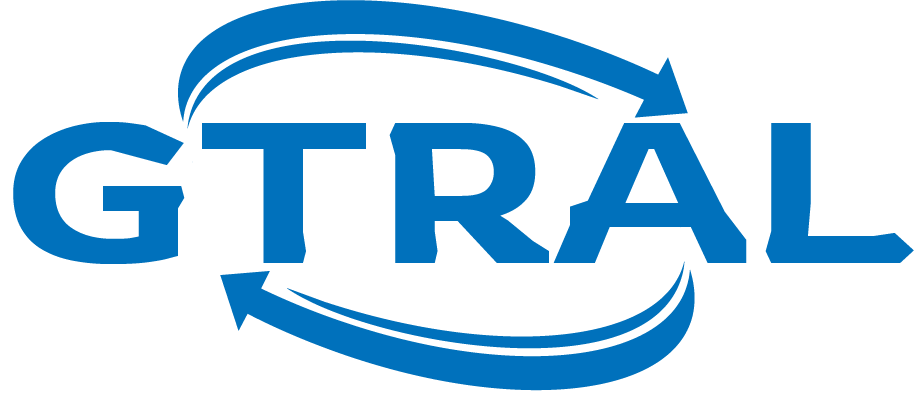This company has no active jobs
0 Review
Rate This Company ( No reviews yet )
About Us
Beware Of These « Trends » About Robot Vac
Features to Look For in a Robot Vacuum
A robot vacuum can help you keep your floors clean regardless of whether you live in a big home with three pets or a chic home. Take note of the following characteristics when choosing a robot vac for your home.
Some models are smart enough to create digital maps of your home that guides their cleaning route, saving time and ensuring complete coverage. Apps that allow you to plan cleaning times and create no-go zones are a great alternative.
Battery Life
The battery is the main component of a robot vac, and its lifespan directly impacts cleaning times. In general, a high-quality model that is high-performance will last between three and five years before needing replacement. However, this lifespan will vary depending on the factors such as usage, maintenance, and the kind of battery used.
Charge and discharge cycles can degrade lithium-ion batteries over time. This can result in shorter time to run and longer charging times for robotic cleaners before they return to their dock. It can also cause overheating. To avoid these problems ensure that you recharge the device at least three months and store it in a location that is cool and dry. Make sure the power switch, if it is accessible, is always in the « off » position to prevent accidental activation.
Certain models come with the battery health feature, which alerts you when the battery is set to get degraded. This feature can aid in planning a replacement before your robot runs out. Many robots that are compatible with apps let you define virtual zones and barriers that allow you to draw lines or mark areas that you do not want the vacuum to go. These features can help reduce battery usage and prolong the life of your robotic cleaner.
Another way to prolong the longevity of your robot vacuum is to purchase genuine parts from a reliable source. This will ensure that the components are compatible with your specific model, and they’re engineered with longevity in mind. This will save you time and money on repairs.
The best robot vacs feature docking stations that allow the machine to return to its original location and then resume cleaning right where it left off after charging. This is especially convenient if you’re working in a room that the robot isn’t currently in use. To make the most of this functionality, be sure to place the dock station in an area that has enough space on both sides and in front of it to give the robot a simple access.
App Control
A robot vacuum is an essential smart home gadget that will bring a significant change to your daily cleaning routine. Its advanced technology allows you to vacuum your floors while you are at work or occupied with a different task, making your home a more relaxing place to unwind. Additionally, it’s more energy efficient and convenient than a traditional vacuum cleaner and requires less maintenance.
A robot vacuum is powered by a powerful motor and sensors that take in dust and debris. The debris and dust are then sucked into the trash bin and then removed. The suction power is strong enough to scrub many surfaces, including carpets and hard floors. Certain robot vacuums are designed to remove pet fur and other allergens.
The best robot vacuums use smart navigation systems to locate your home and develop efficient cleaning routes to avoid obstacles and provide full coverage. You can look up the maps in your app and set « no-go zones » to stop the robot from entering certain rooms. The navigation system will also detect and avoid collisions with furniture or other objects, minimizing the chance of damage.
Some robot vacuums come with mopping capabilities that allow you to remove spots of soiling or spills from a variety of surfaces. You can adjust a range of parameters, including the amount of mopping water and the suction power of the vacuum. The app allows you to plan and pause cleaning sessions. In addition the app comes with several convenience features, such as the ability to view battery status and cleaning reports.
If you opt for the model with cameras it will also allow you to monitor your home remotely using the app. You can also remotely switch off or on your robot vacuum cleaner and other smart devices around your house. This feature can be used to monitor your pets and children when you are away.
Certain robot vacuums collect information about your family and use it to improve their performance or offer new features, like voice activation. These devices have different privacy policies, so be sure you read them carefully. Karcher’s Home Robots app, for instance, for example, encrypts and saves data on German servers. To protect your data, you will also receive regular software and security updates.
Cleaning Modes
The cleaning mode settings of a robot vacuum determine its performance. The motor is the main driver, producing suction power. A combination of roller brushes and side brushes move debris along the path the vacuum’s suction system, which is then carried away to the dustbin. Some models of premium quality have an mopping modes that allow for precise cleaning around corners. Other features include pet-specific modes that can detect and keep pets out of the household, and intelligent turbo settings that boost the suction power of the vacuum.
Mapping: Robot vacuums employ advanced navigation systems that scan the surrounding to create digital maps. This lets them map a route efficiently while avoiding obstacles and making sure they cover the entire home. Some advanced models even let you access these maps via your app and define specific rooms or areas to be cleaned. specific cleaning.
After the device has finished mapping, you can select an option for cleaning that you like, for example, standard or strong. The latter is the one that uses the maximum power and frequency of mopping, vacuuming, and spraying to clean your floors. It’s the best combo vacuum, Robotvacuummops.com, choice for most situations, especially in the case of hard floors and/or bare carpets. This is more economical however it can still remove dirt from most surfaces. The eufy X10 Pro Omni has an edge-hugging mode, which allows the mops on the back of the robot to move closer to the wall which makes it easier for the robot to reach those difficult to reach areas.
After completing its task, most robot vacs return to their docking stations. This is possible because of sophisticated sensors and navigational systems that allow devices to remember their docks even if they are in a different room.
Certain smart robot vacuums come with a « smart docking » feature that allows them to return to their dock at command, rather than waiting for their scheduled cleaning session. The iAdapt robotic vacuum made by iRobot has this capability and so do many high-end models that have dToF laser navigation (developed from aerospace technology and utilized in self-driving vehicles). These systems can scan the area more accurately than ultrasonic and infrared sensors.
Debris Collection
Robot vacuums aren’t designed for larger debris, such as plastics or napkins but can handle most dirt that is on the surface. This is where they differ from mop cleaning systems that typically use microfiber pads and water to scrub floors.
Robots also have more advanced sensors that can detect furniture, walls and other obstacles to avoid collisions and optimize cleaning paths. Some, like the eufy S1 Pro, use the dToF technology that examines the surroundings with four times more precision than LDS (light detection technology). The dToF laser sensors are able to see the space in pitch black and they detect furniture, walls, carpeting and other items. This allows the eufy S1 Pro to work in a dark room without relying on light sources which is a crucial feature for people suffering from allergies.
Another way that robots improve cleaning efficiency is to use a larger bin, which reduces the frequency of emptying. The majority of models can accommodate 2.5 gallons that is enough to fill a large house. In addition, many robots come with a hygienic one-touch release mechanism that pushes dust deep into the trash with just one motion.
Robot vacuums are small and come with small batteries that recharge and limit their running time. Many robot vacuums are equipped with docking station that serves as a home as well as a charging station. When a robot vacuum runs out of power, it returns to its dock to recharge, before returning to where it started off.
Some docking stations also feature debris chambers that allow users to manually take debris from the robot vacuum’s collection bin. A lever or switch inside the docking station is actuated by a robotic vacuum in order to open the chamber for debris disposal. A gas pressure differential or a mechanical wand can then be used to collect debris from the debris collection bin and into the docking station’s debris disposal chamber.
It’s important that you dispose of an older robot vacuum and accessories in a responsible way to ensure that you don’t harm the environment or compromising safety of humans. Batteries should be removed and taken to a disposal center. The remainder of the device can be recycled. Consult the manufacturer and local municipal government for specific guidelines, programs and facilities in your area.


